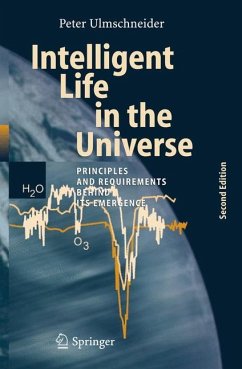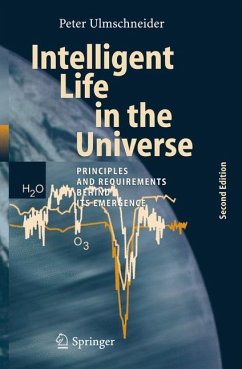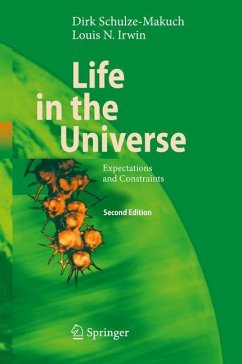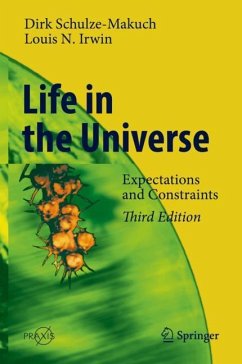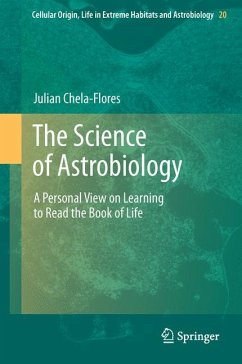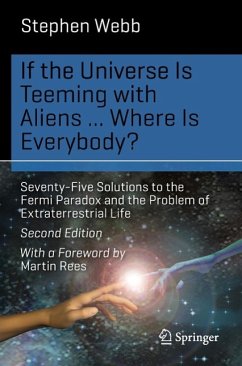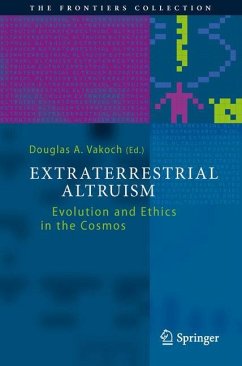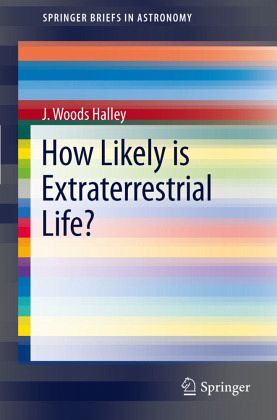
How Likely is Extraterrestrial Life?

PAYBACK Punkte
19 °P sammeln!
What does existing scientific knowledge about physics, chemistry, meteorology and biology tell us about the likelihood of extraterrestrial life and civilizations? And what does the fact that there is currently no credible scientific evidence for the existence of extraterrestrial biospheres or civilizations teach us?This book reviews the various scientific issues that arise in considering the question of how common extraterrestrial life is likely to be in our galaxy and whether humans are likely to detect it. The book stands out because of its very systematic organization and relatively unbiase...
What does existing scientific knowledge about physics, chemistry, meteorology and biology tell us about the likelihood of extraterrestrial life and civilizations? And what does the fact that there is currently no credible scientific evidence for the existence of extraterrestrial biospheres or civilizations teach us?
This book reviews the various scientific issues that arise in considering the question of how common extraterrestrial life is likely to be in our galaxy and whether humans are likely to detect it. The book stands out because of its very systematic organization and relatively unbiased treatment of the main open question. It covers all relevant aspects of many disciplines required to present the different possible answers.
It has and will provide undergraduates with a stimulating introduction to many of these fields at an early stage in their university careers, when they are still choosing a specialty. The difficulties and the range of possible answers to the title question are carefully addressed in the light of present understanding. The resulting perspective is distinctly different from those suggested by most other books on this topic.
This book reviews the various scientific issues that arise in considering the question of how common extraterrestrial life is likely to be in our galaxy and whether humans are likely to detect it. The book stands out because of its very systematic organization and relatively unbiased treatment of the main open question. It covers all relevant aspects of many disciplines required to present the different possible answers.
It has and will provide undergraduates with a stimulating introduction to many of these fields at an early stage in their university careers, when they are still choosing a specialty. The difficulties and the range of possible answers to the title question are carefully addressed in the light of present understanding. The resulting perspective is distinctly different from those suggested by most other books on this topic.





